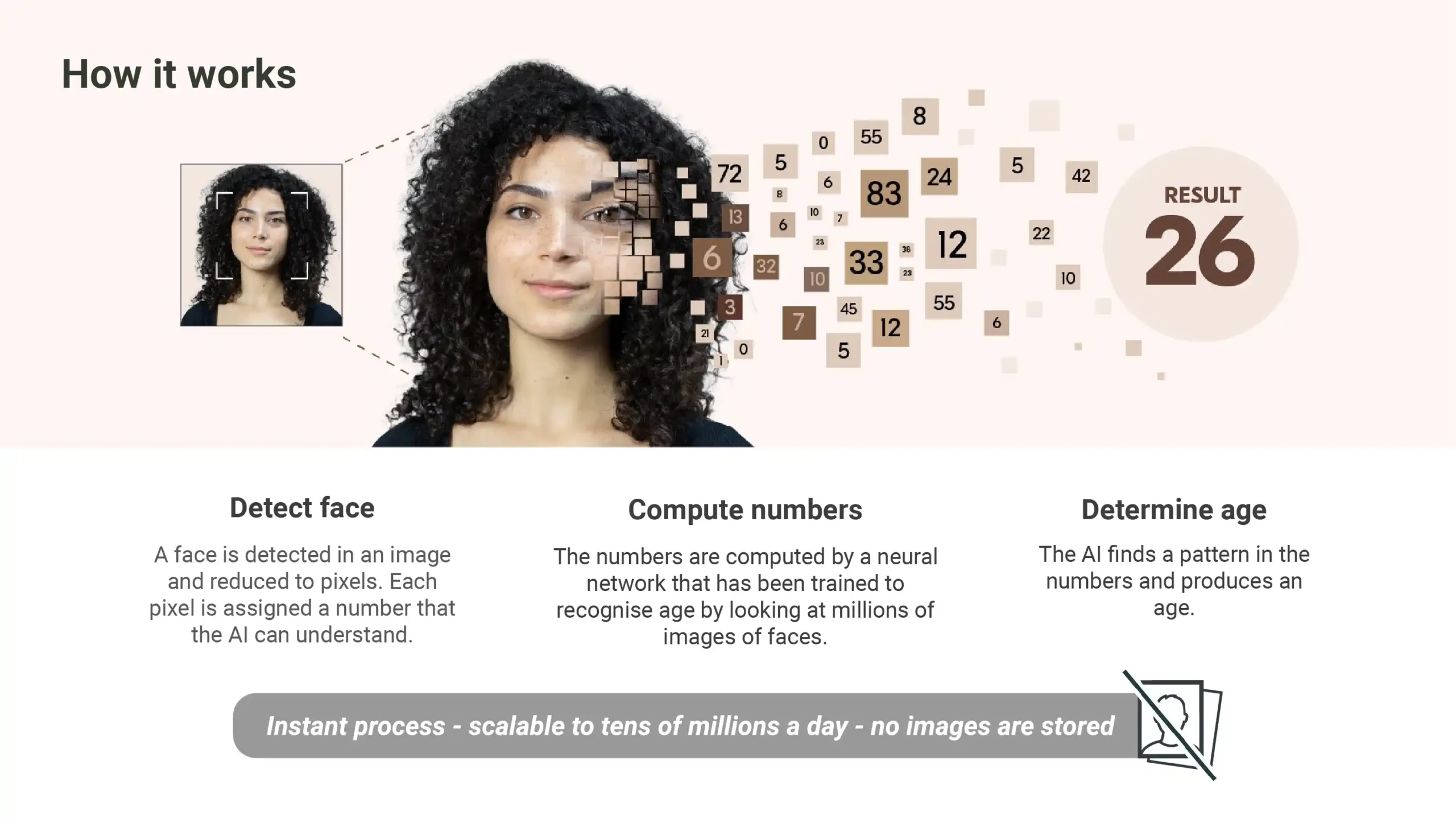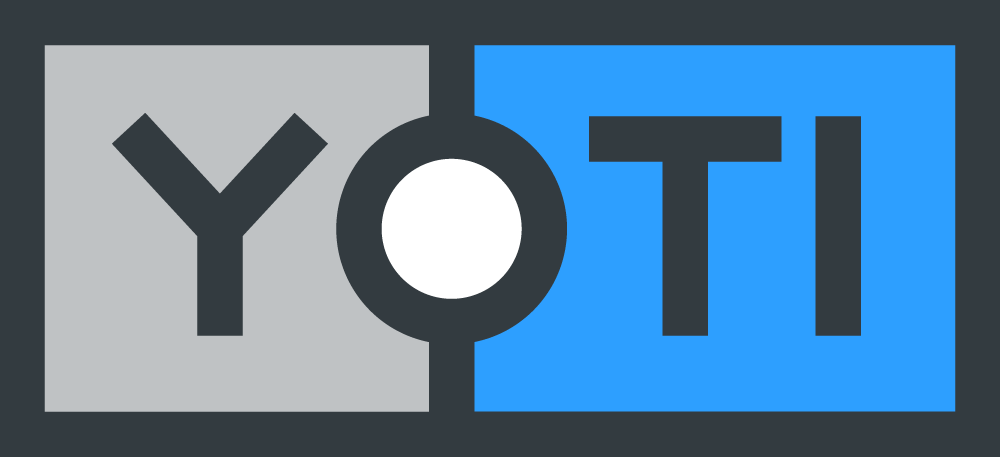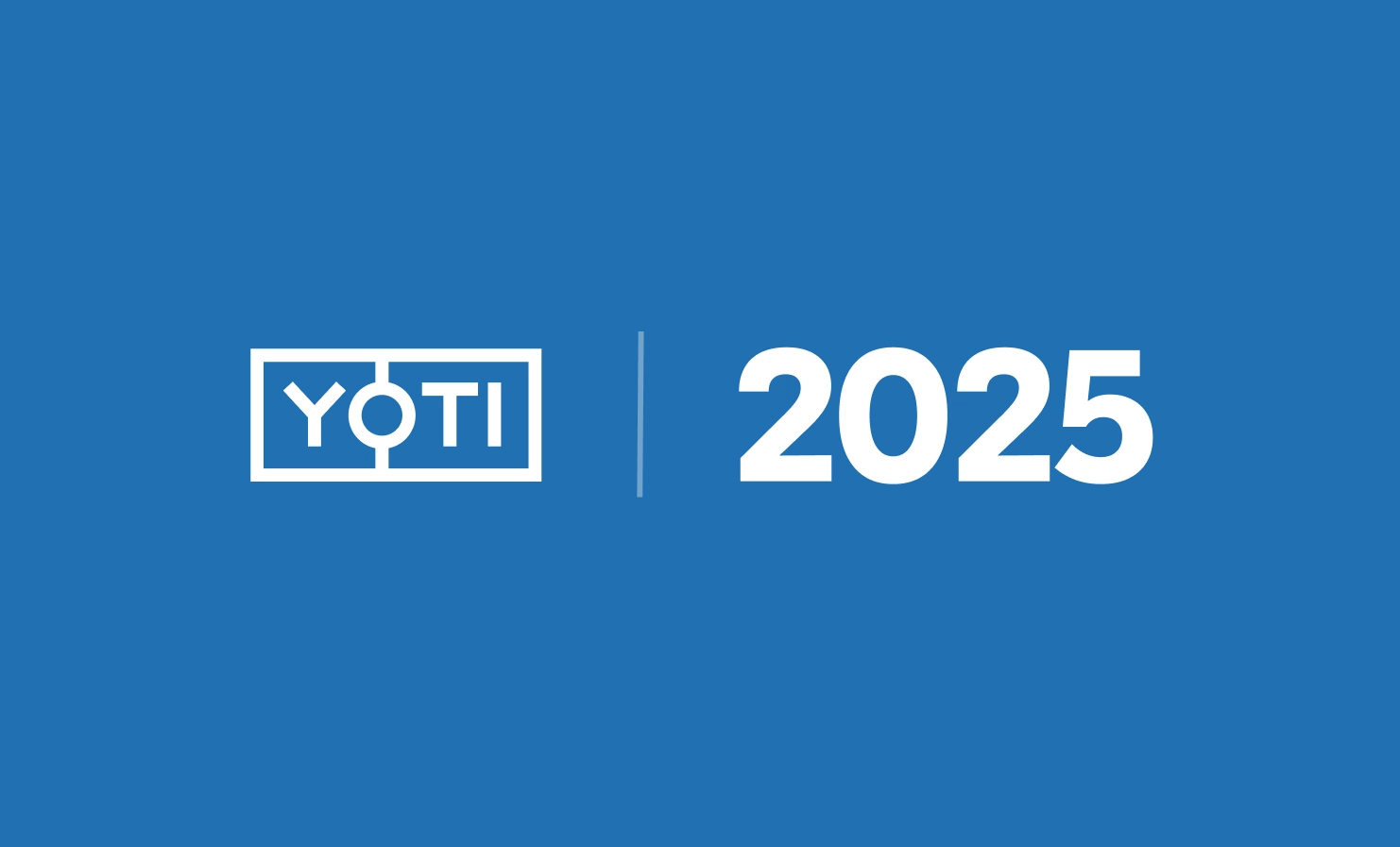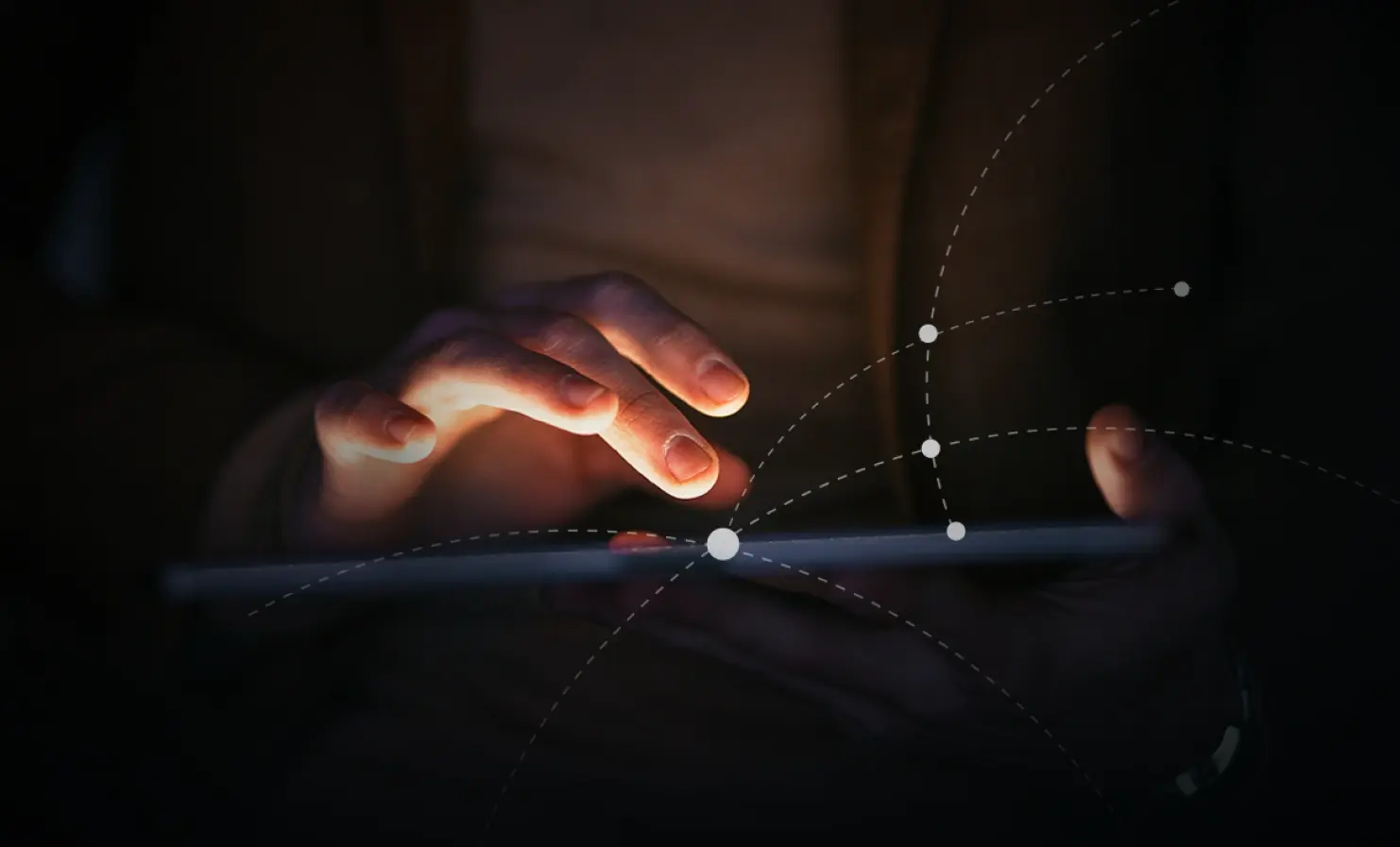
We developed our facial age estimation technology to provide a secure and private way to prove your age, without sharing identity documents or personal details like name or date of birth. It’s fast, accurate and anonymous.
Here’s how our facial age estimation technology works, how it’s designed and why it’s one of the most privacy-friendly solutions available.
What is facial age estimation?
Facial age estimation is a safer and easier way to prove your age to access age-restricted goods, services and content. Completing a facial age estimation takes seconds – all you need to do is take a selfie. The moment your age is estimated, the selfie is deleted so your privacy is protected at all times.
Our technology has been trained to estimate age by looking at facial features in an image. To the technology, the selfie image is simply a pattern of pixels, and the pixels are numbers. Our facial age estimation technology has been trained to spot patterns in numbers, so it learns ‘this pattern is what 16 year olds usually look like’. Once your age has been estimated, the selfie image is deleted.

At the same time, we perform a liveness check. This ensures that it’s a real person taking the selfie and not someone trying to spoof the technology using a mask, photo, video, bot or injection attack. Liveness checks are becoming increasingly important given the rise in deepfake scams.
Anonymous by Design
Yoti’s facial age estimation technology allows you to remain fully anonymous. The system is designed from the ground up to respect your privacy.
In practice, that means:
- No personal data is stored: Facial age estimation never requires or stores any names, personal details or identifiers. Your selfie is used only to estimate your age. Once the age result is delivered to the platform or business, we delete the image immediately. We do not keep your image or any other data that could identify you.
- No user accounts are needed: We do not ask you to sign up, create an account or provide any contact information. You simply show your face to the camera (either on your device or in a kiosk) and the technology estimates your age in about one second. That’s it.
- It’s not facial recognition: It’s important to clarify that facial age estimation is not facial recognition technology. We neither store images nor retain any personal data once the age estimation process is complete. The system does not compare your face to any database of faces. Facial age estimation does not know who you are and never tries to find out.
Proven accuracy
Of course, privacy is only part of the equation. Facial age estimation also needs to be accurate and fair. Our facial age estimation works fairly across all genders and skin tones. We also work continuously to identify and reduce any bias in our system.
Our technology has been independently tested by the National Institute of Standards and Technology (NIST), the global benchmarking agency for facial age estimation. They concluded that our system is an effective, fair and inclusive way to check age and age ranges, such as over 18, with an appropriate threshold. They also said that Yoti is the most accurate facial age estimation provider for 13-16 year olds, a key age group that regulators are most concerned with to help keep children safe online.
We also regularly publish performance data and accuracy levels in our white papers.
Transparency and accountability
Furthermore, the technology has undergone rigorous testing and validation. It meets the requirements of the UK Age Check Certification Scheme (ACCS) and has been positively rated by Germany’s Commission for the Protection of Minors in the Media (KJM) and the German Association for Voluntary Self-Regulation of Digital Media service providers (FSM) for use in protecting young people online.
We take our ethical responsibilities very seriously when developing our technology. Our facial age estimation technology complies with both EU GDPR and our own ethical approach to user data and privacy. Our approach to facial age estimation is also externally reviewed as part of our SOC2 / PAS1296 assessment under control PAS-2.
Who uses facial age estimation?
Our anonymous facial age estimation technology is already being used across multiple industries for privacy-preserving age checks. When offered the choice, 92% of people choose to use facial age estimation over other age checking methods.
We’ve completed hundreds of millions of age checks for leading brands across multiple sectors to help them strengthen age checks and meet regulatory requirements. They include Instagram, Facebook, OnlyFans, Epic Games, Sony, Yubo, Lockwood Publishing and John Lewis.
Facial age estimation balances accuracy, privacy and speed
As age assurance becomes a more prominent requirement across digital services, we’re proud to offer a solution that doesn’t force you to sacrifice your privacy. Our facial age estimation technology is fast, reliable and critically, anonymous by design.
We believe it’s possible to strike the right balance between protecting users and respecting your right to privacy.
You can learn more about our facial age estimation in our latest white paper.



